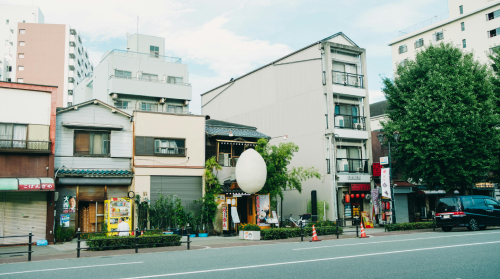Welcome to TsukiGakkou your blog and tool to learning and improve japanese.
Want buy stuff? Find products related to anime and Japanese culture in general. You will also find recommended items for exchange students in Japan.
Amazon Shop ListContrasts and Contradictions: しかし, でも, けど, and けれども
When learning Japanese, it’s essential to understand how to express contrasts and contradictions. Four common words used for this purpose are しかし, でも, けど, and けれども. Each of these has a slightly different nuance and usage. Let’s explore them in detail: しかし わたし は がくせい です。 しかし、アルバイト も しています。 – I am a student. However, I also have a part-time […]
Read More [...]Forming Questions: どんな and どうやって
In Japanese, two useful expressions you’ll frequently encounter are どんな (donna) and どうやって (douyatte). Both are integral to forming questions and understanding the context of conversations. Let’s dive into their meanings and uses. どんな (Donna) The word どんな is a question word that means “what kind of” or “what type of.” It’s used to ask […]
Read More [...]Probability and Questions: だろう, でしょう, どうして, and なに
When learning Japanese, it’s essential to grasp the basic grammar points to build a strong foundation. This post will cover four key concepts: だろう, でしょう, どうして, and なに. We’ll keep things simple and easy to understand, focusing on the JLPT N5 level. だろう and でしょう Both だろう and でしょう are used to express probability or […]
Read More [...]Existence of Something or Someone: あります and います
In Japanese, expressing the existence of something or someone is essential for basic communication. The particles あります (arimasu) and います (imasu) are used for this purpose but apply to different situations. Differences Between あります and います Particle Usage Example Sentence Translation あります Inanimate objects いす が あります。 There is a chair. います Animate beings (people and animals) […]
Read More [...]Informal Contractions Indicating Prohibition: ちゃいけない and じゃいけない
In Japanese, the phrases ちゃいけない (cha ikenai) and じゃいけない (ja ikenai) are informal contractions of more formal expressions used to indicate prohibition or that something is not allowed. These are essential for expressing rules, restrictions, or advice in daily conversation. Let’s explore their meanings, usage, and differences with some examples. Basic Structure Both ちゃいけない and […]
Read More [...]Express Negation: じゃない and ではない
In Japanese, expressing negation is essential for basic communication. Two common ways to negate sentences are using “じゃない” and “ではない.” Both can be translated to “is not” in English, but they have different uses and nuances. Let’s explore these forms in a way that’s easy to understand for beginners. じゃない (Janai) “じゃない” is the casual […]
Read More [...]Politeness and Formality: だ and です
Japanese language learners often encounter the particles “だ” (da) and “です” (desu) early in their studies. These particles are essential for forming sentences and convey different levels of politeness and formality. Let’s dive into the nuances of “だ” and “です,” their usage, and provide examples to illustrate their roles in Japanese communication. The Basics of […]
Read More [...]Numeral Pronunciations
Japanese numeral pronunciations can change depending on context and the combination of numbers, especially in large quantities and prices. These modifications help make the language more fluid and prevent confusion, particularly in financial contexts where clarity is paramount. Here’s a comprehensive look at these changes with examples. Numbers 4 and 7 Japanese numbers 4 and […]
Read More [...]“Already”, “Anymore”, “Soon” and “More”: もう
The Japanese word もう (mou) is a versatile term that plays a significant role in everyday conversation. Depending on the context, it can mean “already,” “anymore,” “soon,” “more,” or even express frustration or surprise. Here’s a closer look at the different uses of もう and examples to illustrate each meaning. もう as “Already” One of […]
Read More [...]Sentence Ending Particle: なあ
Japanese is a language rich in subtlety and nuance, often relying on context and intonation to convey meaning. One such element that adds depth to spoken Japanese is the sentence-ending particle なあ (naa). This particle, often found in casual conversation, serves multiple purposes depending on the context in which it is used. Understanding how to […]
Read More [...]








